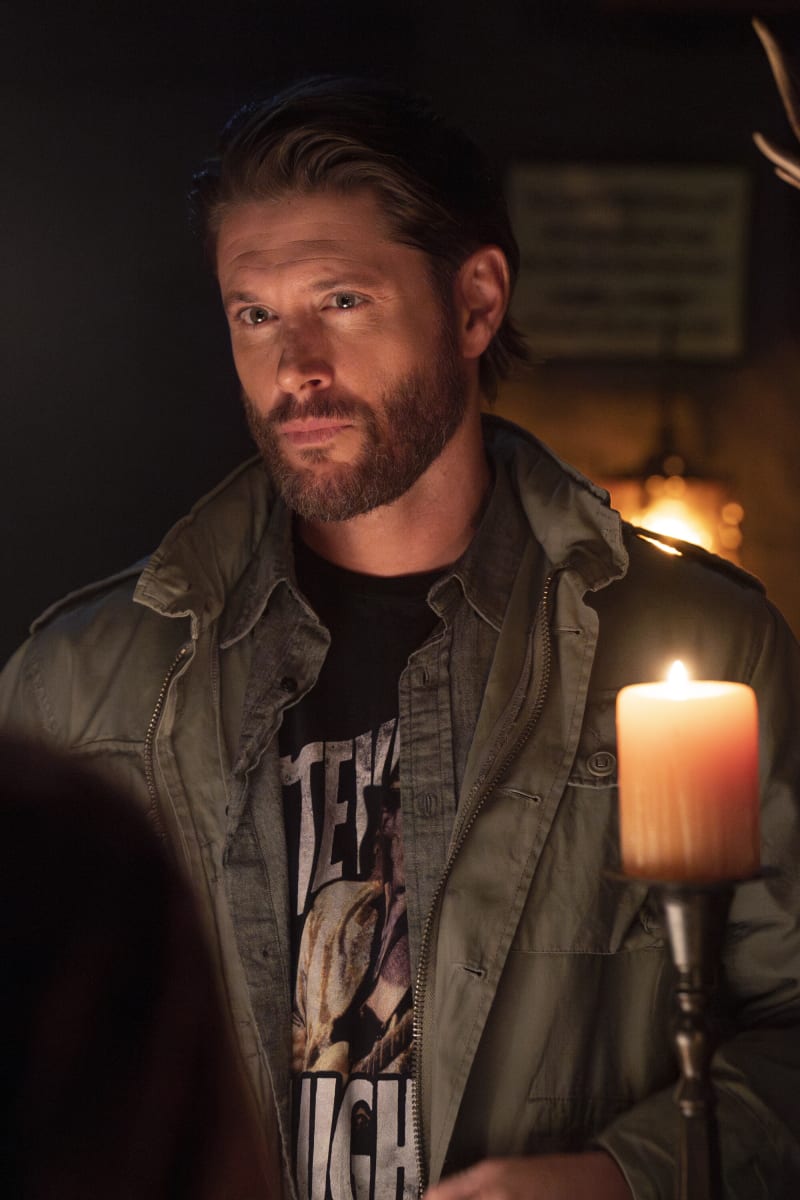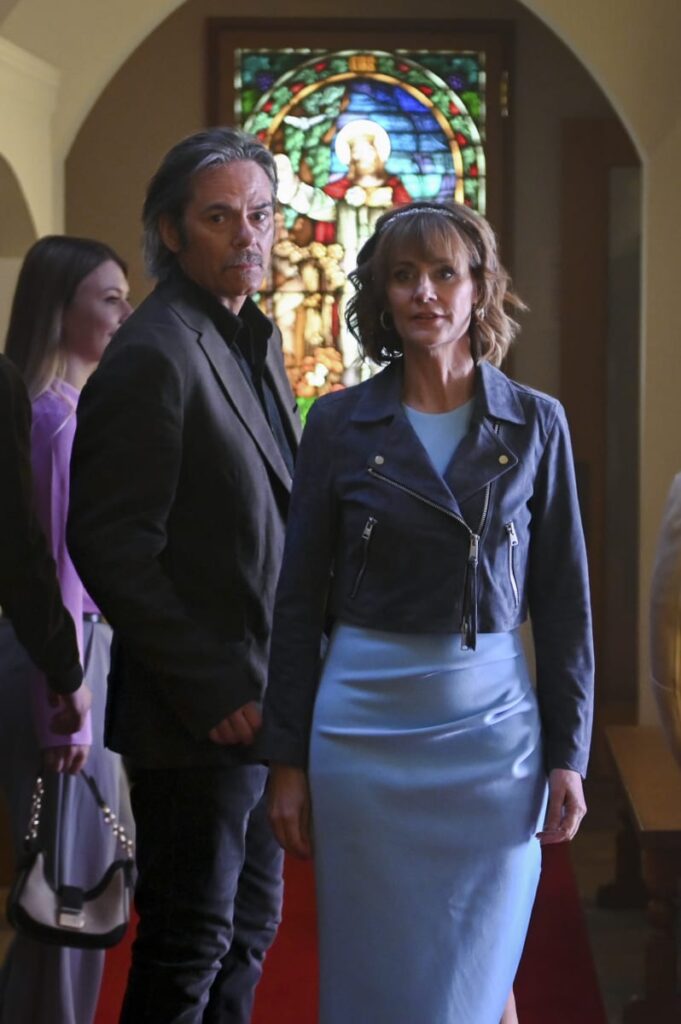For those of us who cover television for a living, and for all fans with a special interest in broadcast television, the release of the fall lineup is an exciting time of year.
It certainly doesn’t hurt that the fall lineup is similar to the holiday season. Their arrival is preceded by riveting trailers and healthy anticipation, especially to resolve those cliffhangers.
Unfortunately, all is not well in the entertainment industry. The fall 2024 broadcast TV lineup breaks its worst record.


We’ve all known broadcast television may be on its last legs since the advent of streaming, and this year hasn’t been a dismal year in that regard.
As usual, major media outlets are officially announcing the death knell for broadcast television. Maybe, this time they are right.
Releasing the least scripted original series in roughly two decades certainly doesn’t bode well for the industry as a whole. Worse, it doesn’t bode well for fans either, and the customer is always right.
Broadcast television is surprisingly resilient
First, does anyone believe that broadcast television, fall or otherwise, won’t take a back seat to streaming platforms? It’s not like no one saw this coming.
The thing is, broadcast television has been around for so long that it never goes away quietly in the night. Maybe by the time 2030 rolls around, they’ll stop blaming the writers’ strike and we can focus on the realities of the industry.
The writers’ strike has certainly played a role, albeit a very weak one at this point. The true nature of broadcast television’s sleepy half-death is multifaceted.


It’s easy to blame the writers’ strike or the pandemic—easier than dealing with the numbers that show reality.
Let’s be honest, the writers’ strike is just the latest example of the “TV is dying” narrative. When Netflix launched its streaming platform in 2007, the funeral of broadcast television was already written.
The iPhone was a TV killer too, until it wasn’t anymore. In other words, the scenery isn’t great for broadcast television, but that doesn’t mean we’re ready to write obituaries.
All that said, it’s hard to say when or if linear TV will become a relic of history. With that in mind, streaming isn’t the only innovation that poses a threat.
DVDs and Blu-rays, the web as a whole, social media, YouTube (and Shorts, TikTok, Instagram, etc.), streaming platforms, and smartphones are all hurting the broadcast TV experience, even in the fall when all the great shows are off the air.
Broadcast television is still around, just like the Energizer Bunny of old. It just won’t go away.
Broadcast TV fall releases scripted to drop


The writers’ strike has gone on for too long, and it’s no longer a legitimate excuse for a lackluster fall release.
There was no single cause of the collapse either. Most people only focus on a handful (at most) of programs on broadcast television and may not even realize there are issues.
Dot-com companies vastly overestimated their value, were aggressively downsizing, laying off thousands of jobs, were merging left and right, then overestimating the value of the mergers, and seemed to be in a constant state of reassessment.
Only a few networks have the vast majority of channels. However, the organizational hierarchy is the equivalent of a chimpanzee trying to rank algebraic equations in descending order of complexity.
Did I mention the fact that the economy is not fully functioning right now? Of course, these things are often cyclical in nature and there may be some sort of rebound.
However, the bounces are fewer, further apart, and smaller than before. Meanwhile, streaming platforms own 99% of culture, and things are getting better.


The Big Five networks have launched just over 40 scripted shows this year, a significant reduction in just a few years. The writers’ strike was an anomaly in this massive belly flop.
ABC has been hit hardest by an overall lukewarm content market, last-minute schedule changes and a failure to secure any new deals. For ABC alone, that’s a 45% drop from fall programming two years ago.
NBC’s cancellations took a toll, including “Quantum Leap,” “Extend Family,” “Magnum PI” and “Le Brea.” CBS, meanwhile, blamed production challenges, schedule changes and a reliance on vague, undefined contingency plans.
Is broadcast television really dead?
Broadcast TV fall lineups aside, this question is probably the most repeated. We seem to talk about this three or four times a year these days.
Cost is definitely a deterrent. I’ll give you a prime example. My dad is a baby boomer and therefore often refuses to embrace today’s technology or use his debit/credit card to pay for monthly or annual subscriptions.


He currently pays $228/month for DirecTV. Considering you can get everything DirecTV has to offer on YouTubeTV for around $60 to $80, paying $228 a month is absolutely silly. Most people, except for my stubborn father, simply wouldn’t do it.
Of course, you’ll have to pay another $40 to $60 for Internet service, but the total is much less than DirecTV, especially if you stay with the streaming plan.
Instead of lowering prices to compete with streaming platforms, prices experienced a period of increases as costs rose and fewer consumers paid their bills.
In many ways, cable television is converging with streaming, at least in terms of bad practices, such as increased costs, ad insertion, bundling and less flexibility. But that’s a conversation for another time.
No, broadcast television is not dead, and it may adopt a more innovative model at some point. But there is no doubt that the future of broadcast television will not look like what we are used to.
Networks are pulling content


Gravity is a fact of life. What goes up must come down.
Simple physics apply to televisions, too. Once things reach their peak, there is no other direction to go. Broadcast TV’s fall lineup is just one example of this natural shift.
“I looked at traditional media very extensively. Our analysis was very detailed. Ultimately, we came to the conclusion that… it was not going to be a growth business, but it could become an important part of our ability to fundamentally engage with consumers. part.
——Bob Egger
Broadcast and television ratings are down across the board. The rise of streaming platforms is just one of many reasons.
There’s little that’s new — just more of the same micro-tweaks on an old formula, and a proliferation of sports content (the only content on broadcast television that consistently remains the most viewed).
If you’ve been paying attention, sports are also moving to streaming platforms. As ratings continue to decline, more established favorites will exit.
There was a time when replays were an important part of the entire business model.
Nowadays, people are turning to reality (unscripted) television as people can replay every season by binge-watching it on their favorite streaming platform.


Reality shows and sports events are cheaper to produce and both are better than the old rerun format and scripted series.
At some point, we’re going to have to accept this and move on to the next big thing.
What are your thoughts on the fall lineup? Does it seem weaker to you personally?
Let us know in the comments!
